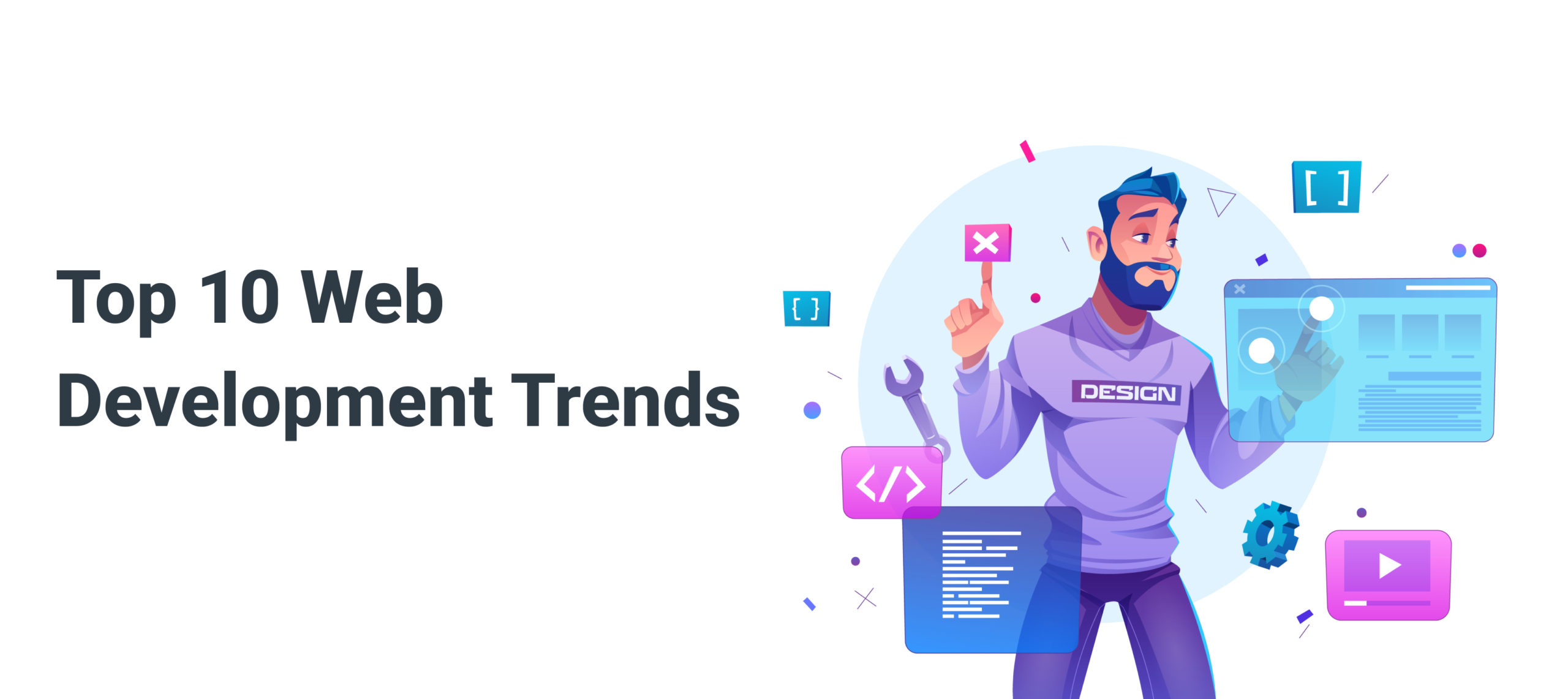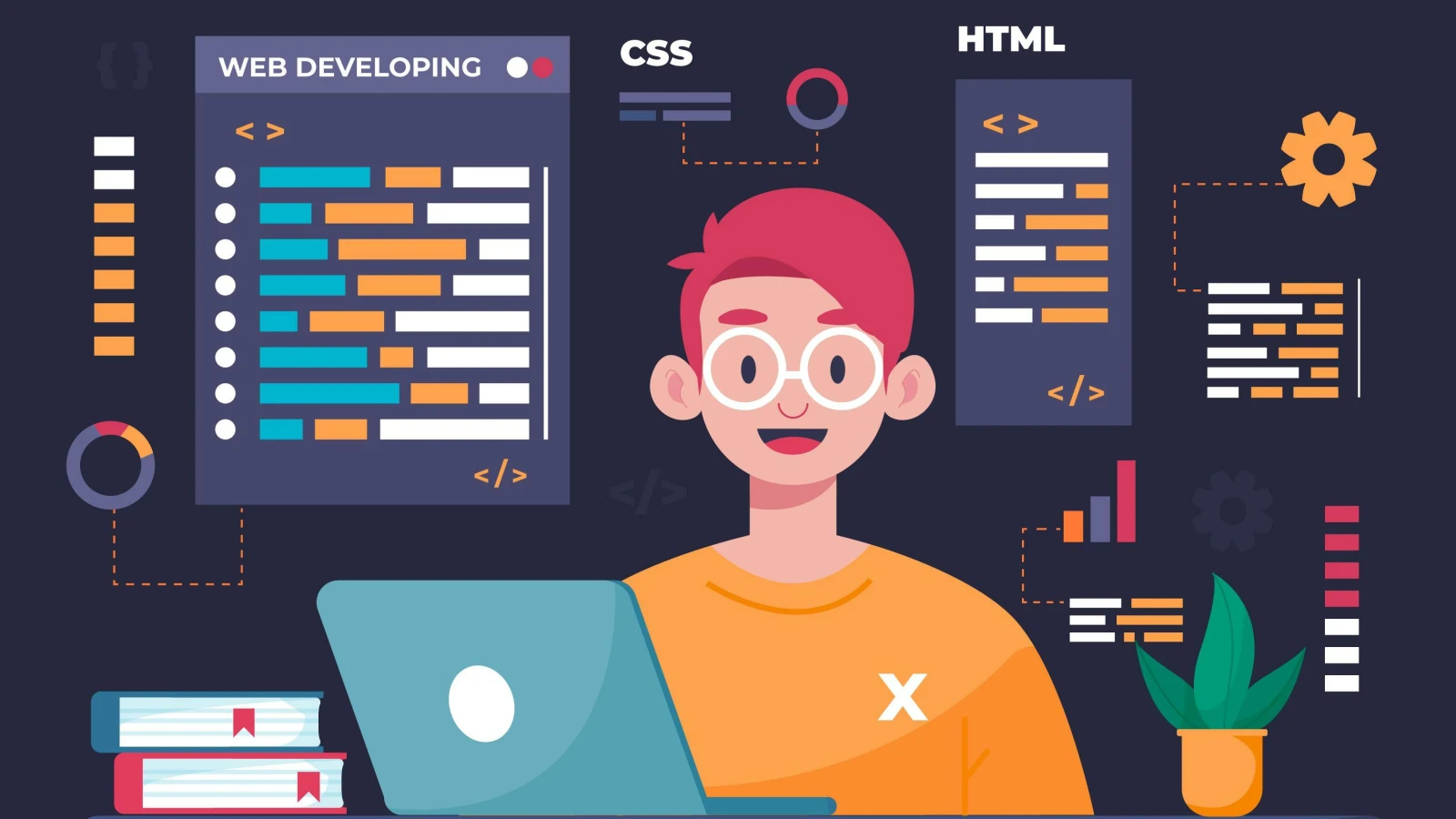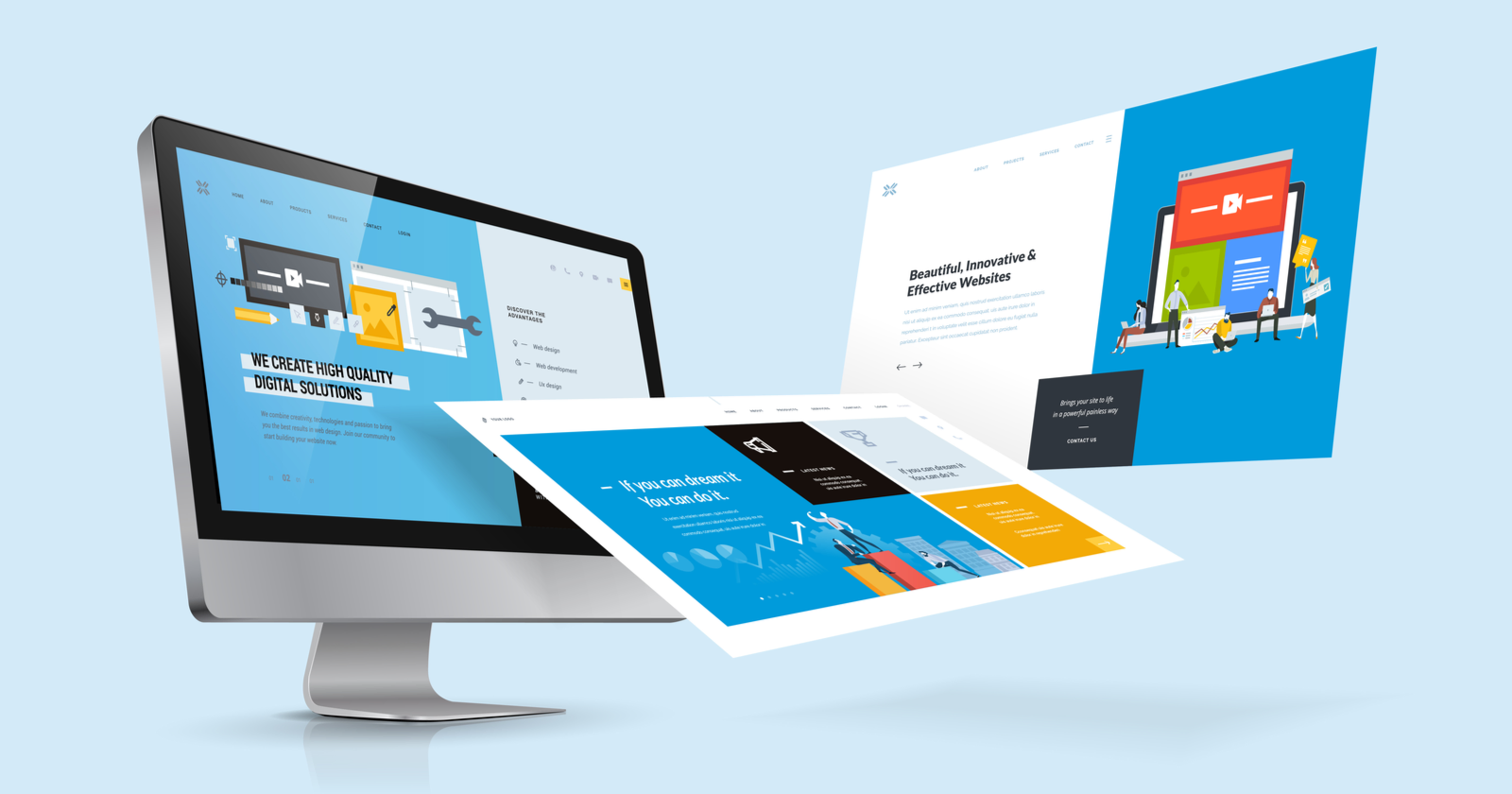Web development is an ever-evolving field, and staying up-to-date with the latest trends is essential for developers and businesses alike. In 2023, we are witnessing significant advancements that are reshaping the way we build and interact with websites. To help you stay ahead of the curve, here are 10 web development trends you can’t ignore in 2023.
- Progressive Web Apps (PWAs): Progressive Web Apps continue to gain traction in 2023. PWAs offer fast, reliable, and engaging user experiences across various devices and platforms. Their ability to work offline, push notifications, and seamless integration make them a must-know trend for developers.
- Web3 and Decentralized Applications (dApps): Web3 technologies, powered by blockchain and decentralized networks, are revolutionizing the web. Developers are exploring new ways to create decentralized applications (dApps) that provide users with greater control over their data and transactions.
- Artificial Intelligence (AI) and Machine Learning (ML): AI and ML are enhancing user experiences by providing personalized content, chatbots, and recommendation systems. Developers are integrating these technologies to make websites smarter and more responsive.
- Voice User Interfaces (VUIs): As voice assistants like Alexa and Google Assistant become mainstream, VUIs are gaining popularity. Developers are optimizing websites for voice interactions to improve accessibility and user engagement.
- Low-Code and No-Code Development: Low-code and no-code platforms are empowering businesses to create web applications with minimal coding expertise. Developers should be familiar with these tools as they become essential in rapid application development.
- WebAssembly (Wasm): WebAssembly is changing the game by allowing developers to run high-performance code in the browser. It enables faster loading times and smoother user experiences, making it a crucial technology to master.
- Single Page Applications (SPAs): SPAs continue to dominate web development due to their speed and seamless user experiences. Frameworks like React, Angular, and Vue.js are essential for building SPAs efficiently.
- Web Accessibility (a11y): Accessibility is not just a trend but a necessity. Web developers must prioritize creating websites that are inclusive and accessible to all users, including those with disabilities.
- Cybersecurity and Privacy: With the increasing number of cyber threats, web developers need to be vigilant about security. Incorporating security measures like HTTPS, Content Security Policy (CSP), and data encryption is crucial to protect user data.
- Web3D and Augmented Reality (AR): Web-based 3D experiences and AR are gaining momentum. Developers are leveraging technologies like WebGL and WebXR to create immersive and interactive web content, opening up new possibilities for gaming, e-commerce, and education.
Keeping pace with these web development trends in 2023 is vital for developers and businesses aiming to stay competitive and offer the best user experiences. Whether you are working on progressive web apps, exploring Web3, or harnessing the power of AI, embracing these trends will help you create innovative and user-centric web solutions in the evolving digital landscape.





